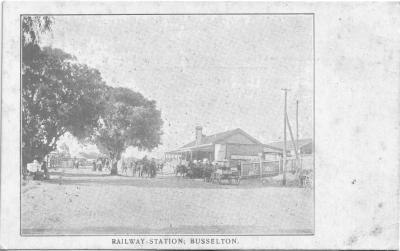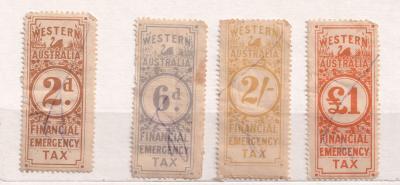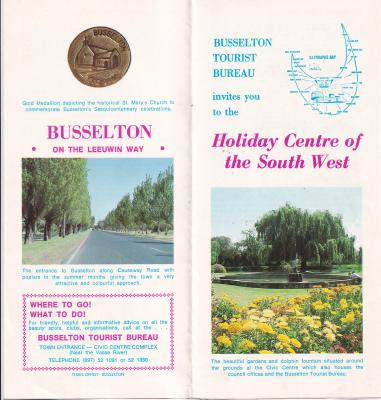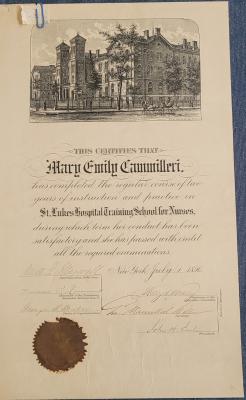Concertina
This small hand held concertina has hexagonal wooden ends connected by 8 fold carboard bellows with painted fabric ridges . The wooden frame at each end has decorative silver inlay around the edges, carved decorative holes to allow the movement of air and a wooden palm rest to which a leather hand strap is attached. The top side of each end has 10 bone headed buttons in 2 rows and on the right hand end another button closer to the palm rest that would be pressed by the thumb and used as either an octave key or for locking.
A concertina is a free-reed musical instrument, like the various accordions and the harmonica. It consists of expanding and contracting bellows, with buttons on both ends.
The concertina was developed independently in England and Germany. Sir Charles Wheatstone invented the English version in 1829, while Carl Friedrich Uhlig created a German version in 1834. Various forms of concertina are used for classical, folk, tango and polka music.
Due to its compact size the concertina has been a popular instrument for people who travel, leading it to be a common instrument among soldiers, sailors, and cowboys.
Details
Details
No markings to give an indication of the maker
Other items from Busselton Historical Society
- Hohner Double Ray Delux Button Accordion
- Zither
- Violin
- "Stainer" Violin
- Postcard - Railway Station, Busselton
- Autoharp / Chorded Zither
- Busselton Brass Band - Bass Drum
- Western Australia Duty & Tax Stamps Collection
- Tourism Brochures - Busselton
- Souvenir Ribbon - Busselton Bypass 2000
- Certificates - Mary Cammilleri Wood
- Monarch Button Accordion
Scan this QR code to open this page on your phone ->






